1. Goldfish Don’t Live in a Constant 3-Second Memory Loop
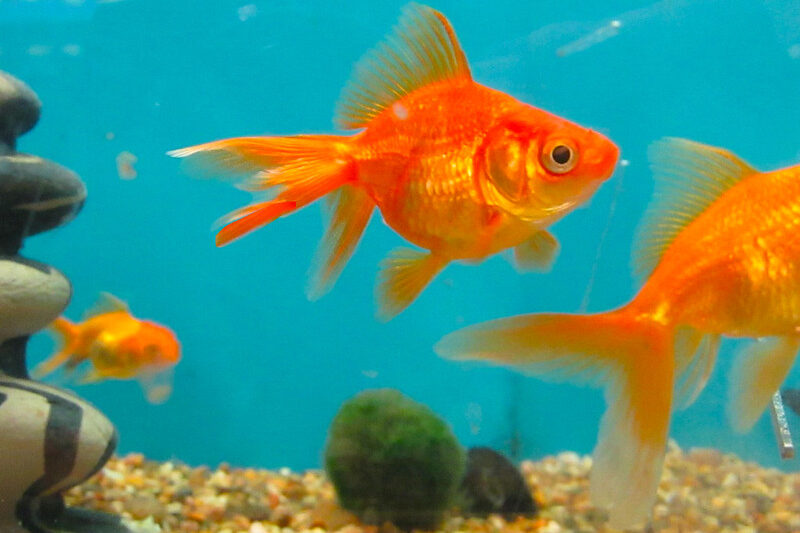
We all grew up thinking goldfish forget everything instantly, swimming in a constant blur of confusion. The truth is they can remember things for months including feeding times, visual cues, and even recognizing people. Goldfish can navigate obstacle paths, respond to routines, and adapt to their environment. Their slow, repetitive swimming made humans assume they were forgetful, but they are quietly observant creatures capable of learning and forming habits. It is surprising how much intelligence fits in such a small body. Sometimes the lessons we thought were simple myths turn out to be richer and more fascinating than expected.
2. Touching a Baby Bird Won’t Make Its Mother Abandon It

Many of us were warned not to touch baby birds because the mother would never return. In reality most birds have a very weak sense of smell and cannot detect human scent. A chick will not be rejected simply for being moved or handled briefly. Birds may leave a nest if it is disturbed repeatedly or if the chick is injured, but occasional human interference does not cause abandonment. Wildlife experts successfully return fallen chicks to nests all the time. The old warning was meant to teach children to handle animals carefully but the biology behind it was misunderstood.
3. Chameleons Don’t Change Color to Match Every Background

Chameleons are often shown in cartoons as creatures that instantly match any background but in reality their color changes are related to mood, temperature, and communication. Their skin contains specialized cells that shift light reflection and create color patterns, which can signal dominance, attract mates, or help regulate body temperature. Camouflage happens occasionally but it is not the main reason for color change. When a chameleon shifts from green to brown or bright orange it is expressing itself rather than hiding. The real magic lies in understanding their emotions and physical needs rather than expecting them to perform like living paintbrushes.
4. Bats Aren’t Blind at All

The saying blind as a bat is misleading because bats actually have good vision, especially in low light. They also use echolocation to navigate in the dark, sending sound waves and listening to the echoes to map their surroundings. Vision and echolocation work together rather than replacing each other. Humans associate darkness with blindness which contributed to the myth. Bats are highly skilled nighttime hunters with both visual and auditory senses tuned to their environment. Their quiet flight, precision, and awareness show intelligence rather than deficiency. Bats teach us that seeing is more than just using eyes, it is about sensing the world in many ways.
5. Dogs Can See Some Colors Just Not the Full Spectrum

We used to think dogs see only in black and white but their world is actually more colorful. Dogs can clearly see blues and yellows though reds and greens appear muted. They rely on motion detection and contrast more than color details which matches their instincts as hunters and pack animals. Early experiments misunderstood canine vision which is why the myth spread. Dogs experience the world differently than humans but it is far from monochrome. Watching a dog enjoy the yard or track a ball is a reminder that their perception of life is unique and full of subtle beauty.
6. Owls Aren’t the Genius Birds Storybooks Told Us They Were
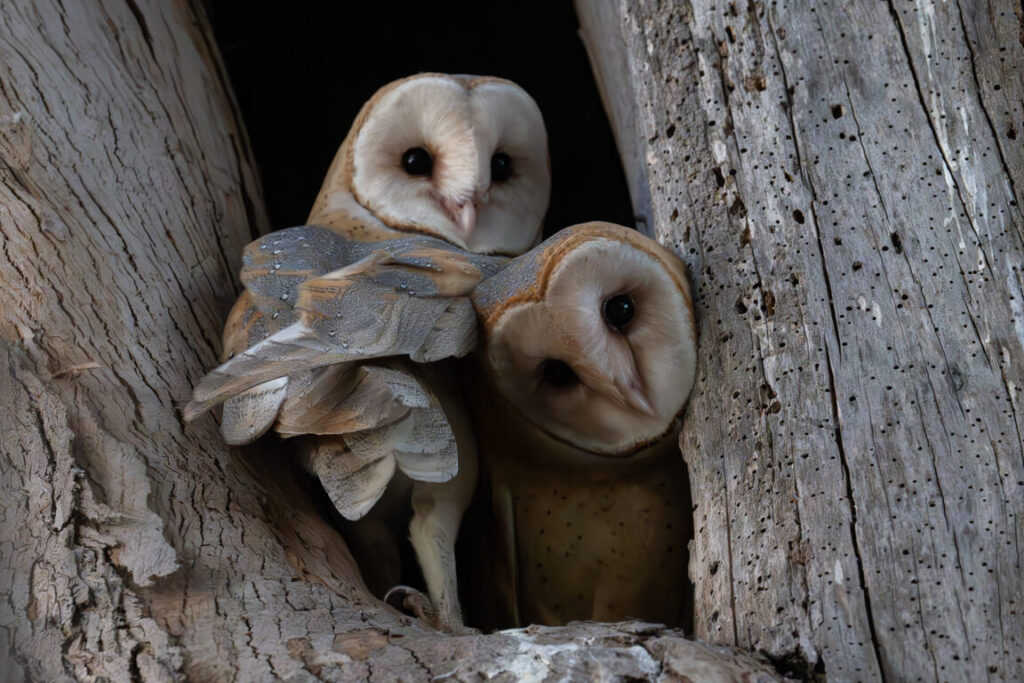
Owls have long been considered wise due to their calm appearance and large eyes, but their brains are optimized for hunting rather than reasoning. They have extraordinary hearing and vision but do not solve complex puzzles like crows or ravens. The wise owl image came from mythology and storytelling rather than science. Owls are amazing predators with specialized skills, but they are not intellectual strategists. Observing an owl is still impressive because their patience, stealth, and precision are remarkable. Sometimes wisdom is different from intelligence and owls show a kind of quiet mastery that has fascinated humans for centuries.
7. Camel Humps Don’t Store Water

Many childhood books suggested camels keep water in their humps but the truth is the humps store fat. This fat can be converted to energy when food is scarce. Camels survive desert conditions by minimizing water loss, controlling body temperature, and rehydrating quickly. Their humps are a visual cue for survival efficiency rather than liquid storage. The myth was easy to believe because it explained their endurance simply. Real desert survival comes from adaptation and metabolic control. Camels demonstrate that resilience does not always look the way humans imagine it. Their endurance teaches us that appearances can be misleading but fascinating.
8. Porcupines Cannot Shoot Their Quills
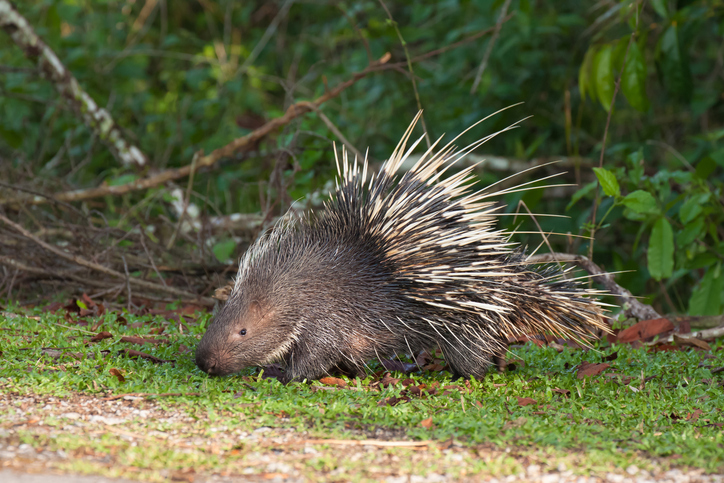
Porcupines are often shown in cartoons launching quills at predators but this is not true. Their quills only detach when touched or pressed and act as a defense mechanism rather than projectiles. Each quill has small barbs that make removal painful. The myth likely arose because quills stick firmly to anything that comes in contact with them. Porcupines rely on warning signals, their appearance, and the threat of quills to avoid conflict. Their defensive strategy works quietly without attacking. Nature equipped them with a simple but effective system. Porcupines are fascinating because they rely on deterrence rather than aggression to survive.
9. Fish Do Feel Pain Just Differently

For years children were told fish cannot feel pain but they do have nerve receptors and respond to harmful stimuli. Their reaction does not resemble human expressions but they avoid pain and learn to protect themselves. Older studies misinterpreted their behavior as indifference. Modern research shows that fish can experience stress and alter behavior to prevent harm in the future. Handling fish with care is important and fishing practices have evolved accordingly. Observing a fish react to its environment reminds us that even small creatures have complex experiences. Fish teach that pain and awareness take many forms in the animal kingdom.
10. Bulls Don’t Actually Hate the Color Red

Many of us grew up believing bulls charge because of the red cape but the truth is they cannot distinguish red. Bulls are colorblind to red and green and respond to movement rather than color. The sweeping motion of the matador’s cape provokes them while the red cloth became part of tradition and spectacle. Bulls would react similarly to a blue or yellow cloth. The myth persists because the color drama is visually memorable. Understanding their behavior helps humans respect them and observe more accurately. Bulls demonstrate that perception is not always what we assume it to be.
11. Handling Frogs Doesn’t Cause Warts
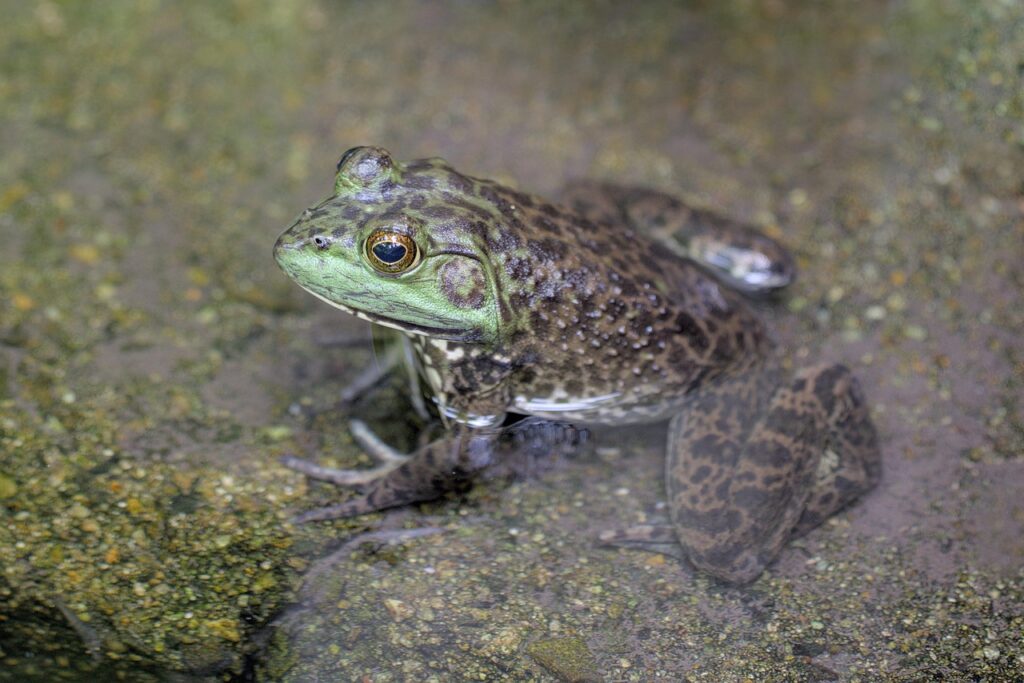
As children we were told touching frogs gives warts but human warts are caused by a virus unrelated to frogs. Some frogs have rough skin which may look like warts and mild toxins that can irritate skin but they do not cause infection. The myth was likely a way to teach children to handle wildlife gently. Proper hygiene is recommended after touching any animal but the warning about warts was incorrect. Learning the truth helps us appreciate frogs without unnecessary fear. They are fascinating creatures whose survival strategies include skin adaptations rather than magic or disease transmission.
12. Not All Bees Die After They Sting
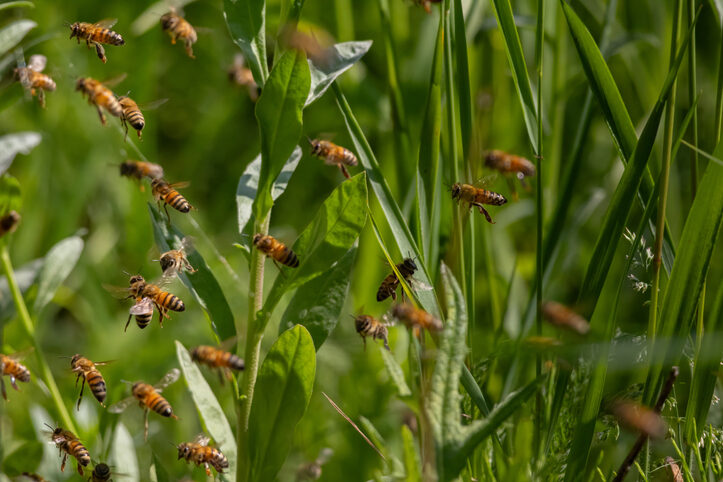
Honeybees die after stinging because their stingers have barbs that get stuck, but other bees like bumblebees can sting multiple times. The myth spread because honeybees are the species most people encounter. Stinger loss evolved to protect the hive, not as a general bee rule. Understanding this helps distinguish bee species and reduces fear while appreciating their role in pollination. Most bees survive stings and continue to work in their colonies. Recognizing the differences encourages respect for pollinators. Bees show us that survival strategies vary and that even small creatures have remarkable adaptations.
13. Lemmings Don’t Intentionally Run Off Cliffs
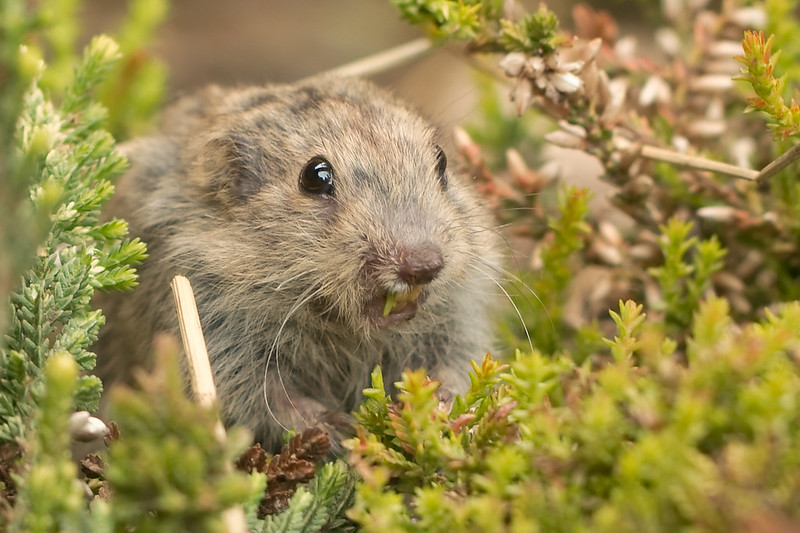
Lemmings were portrayed as committing mass suicide but this is false. The myth came from a staged film where animals were pushed toward water. In reality lemmings migrate due to population cycles and natural pressures. Some may drown during crossings but this is accidental, not intentional. The idea became a metaphor for blind conformity rather than reflecting real behavior. Lemmings are trying to survive not to die. Observing them in nature shows how easily human storytelling can distort the truth. These small rodents remind us that survival can be chaotic and dangerous without being purposeful self-destruction.
14. Elephants Aren’t Afraid of Mice Specifically

The image of elephants terrified of mice is a childhood favorite but it is misleading. Elephants may react to sudden movements of small creatures but they do not have a special fear of mice. They have a strong startle reflex and are cautious but generally tolerate small animals in their environment. The myth persisted because it created a humorous contrast in stories and cartoons. In reality elephants are alert and intelligent animals that assess threats based on behavior rather than size. Observing them teaches that caution and curiosity are natural survival traits.
15. Penguins Don’t Always Mate for Life

Penguins are often said to mate for life but many species are flexible depending on survival and environmental conditions. Seasonal pair bonds exist but if a partner does not return the penguin may choose a new mate. This behavior ensures reproductive success rather than expressing loyalty in human terms. The romantic image endures because it is appealing to people. Penguins focus on raising chicks successfully and adapting to their colony. Understanding their behavior helps us see them realistically. Life in the wild is practical and adaptive, showing that love and survival are intertwined rather than guided by lifelong devotion.
16. Daddy Longlegs Aren’t Deadly Venomous

The myth that daddy longlegs are deadly but cannot bite humans is false. Most daddy longlegs are not spiders at all and the few that are have venom that is harmless. The myth spread because it sounded dramatic and confident statements were repeated over time. In reality these creatures are beneficial, eating insects and helping control populations. They are harmless to humans and contribute quietly to their ecosystems. Observing them teaches us that appearances and stories can exaggerate danger. Daddy longlegs show that small creatures often have practical roles without posing threats.
17. Owls Can’t Rotate Their Heads a Full 360 Degrees
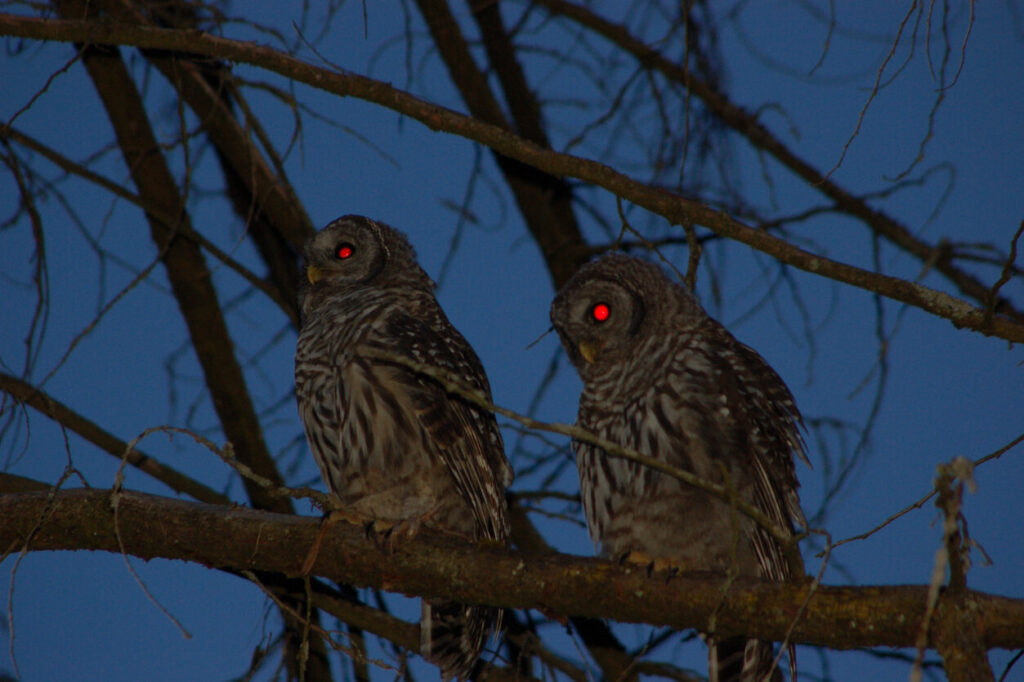
Owls are famous for head rotation but they cannot spin completely around. They can turn about 270 degrees which is impressive due to extra vertebrae and specialized blood vessels. The myth likely came from the smoothness of their motion. Even without full rotation it is remarkable that they can look in almost every direction without moving their bodies. This allows them to hunt effectively and stay aware of predators. Owls show how adaptations can seem magical even when explained by biology. Observing them demonstrates that reality can be extraordinary in its own way.
18. Cows Don’t Predict Rain by Lying Down

Many believed cows lie down to predict rain but lying down has other reasons like resting, cooling, or rumination. While increased humidity may coincide with lying down it is correlation not prediction. The idea is part of folklore and cultural storytelling rather than meteorology. Modern weather science does not support the claim. Watching cows lie peacefully teaches observation and patience rather than predictive skill. The myth persists because humans enjoy connecting animals to natural signs. Cows remind us that not every habit has a hidden message but each behavior has meaning in context.
19. Ants Do Sleep Just Differently than Humans
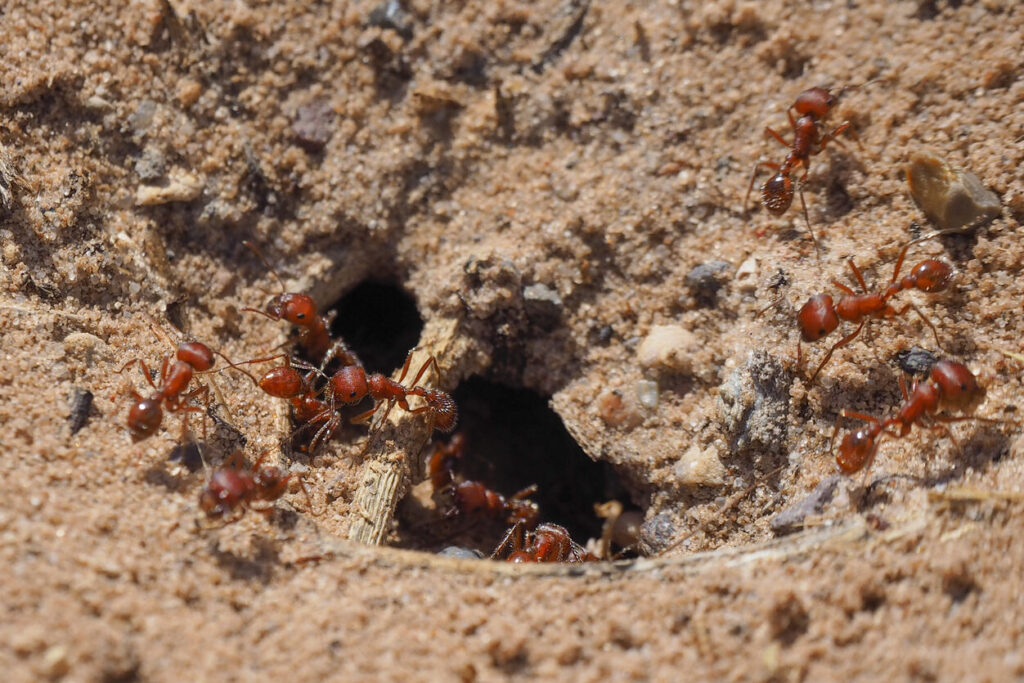
Ants appear constantly busy but they rest in small frequent increments. Their rest cycles are distributed so the colony continues activity smoothly. The myth of sleepless ants came from watching continuous movement without noticing micro-naps. Queens sleep longer while workers take shifts to maintain colony function. Ants have structured schedules that balance work and rest efficiently. Observing them shows that constant activity can include rest if we understand how it is managed. Ants remind us that patterns may seem chaotic but are purposeful. Even the smallest societies value balance between effort and pause.
20. Snakes Don’t Chase People

Snakes avoid humans whenever possible and do not pursue them. If a snake seems to move toward a person it is likely heading for cover, warmth, or escape. Defensive movements create distance rather than pursue prey. Fear makes humans remember encounters as threatening. Snakes are energy-conscious and avoid confrontation. Their behavior reflects survival instincts rather than aggression. Observing them shows patience and strategy in nature. Snakes are not villains but misunderstood animals that maintain balance in their habitats. Misunderstanding them teaches us how fear shapes stories about creatures rather than reality.
21. Toads Don’t Drink Through Their Mouths

Toads absorb water through a patch of skin on their underside rather than drinking with their mouths. This allows them to stay hydrated in low water conditions. Children interpreted this behavior as magical or unusual. In reality toads evolved this method to survive in dry habitats. Handling them gently is important for both safety and well-being. Observing toads shows adaptation in action and the simple solutions nature provides. They remind us that survival does not require spectacle and that some of the most effective strategies are quiet and unseen.
22. Butterflies Don’t Only Live One Day
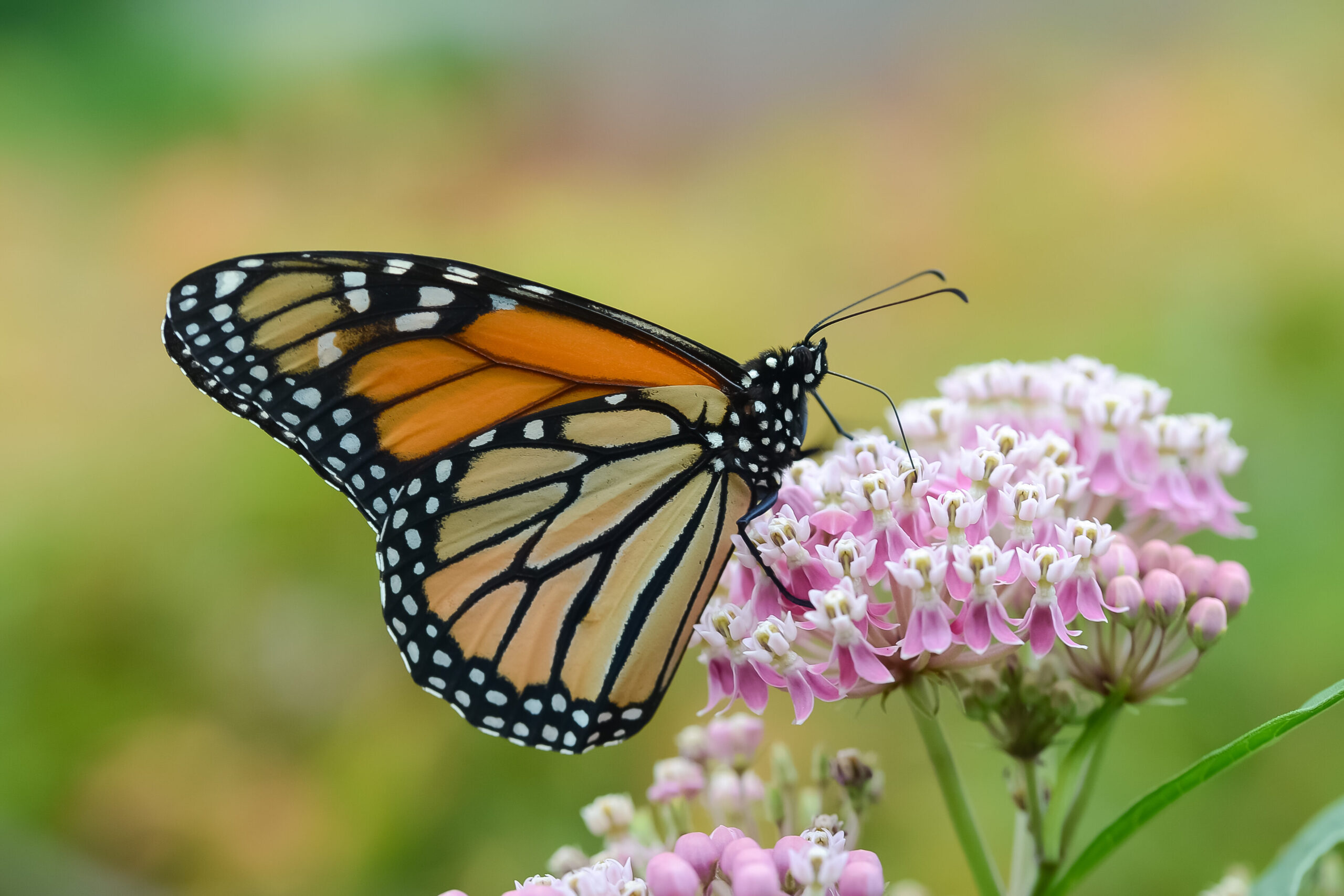
Many were told butterflies live only one day but adult lifespans vary greatly. Some species live for weeks or months depending on climate, migration, and feeding. Their dramatic life cycle makes us focus on short stages rather than the entire lifespan. Butterflies complete multiple stages of development and adapt to conditions that influence longevity. The myth oversimplified their complex lives. Watching butterflies reminds us that beauty and fragility are not measured in hours but in the process of growth and survival. Their lives demonstrate resilience, and their fleeting presence teaches appreciation for each moment.
23. Sharks Don’t Actively Seek Humans as Prey

Movies made sharks seem like hunters of humans but most avoid contact. Attacks are rare and usually occur due to mistaken identity or curiosity. Sharks respond to movement, vibrations, and environmental cues not human targeting. Fear and storytelling exaggerated their danger. Observing sharks shows they are vital for ocean ecosystems and act as predators of other species rather than humans. Understanding their behavior reduces unnecessary fear. Sharks teach that creatures are not shaped by human stories and that the truth about wildlife can be less scary but even more impressive than myths suggest.
This story 23 Childhood Animal “Facts” We All Learned, That Turned Out Not to Be True was first published on Daily FETCH


